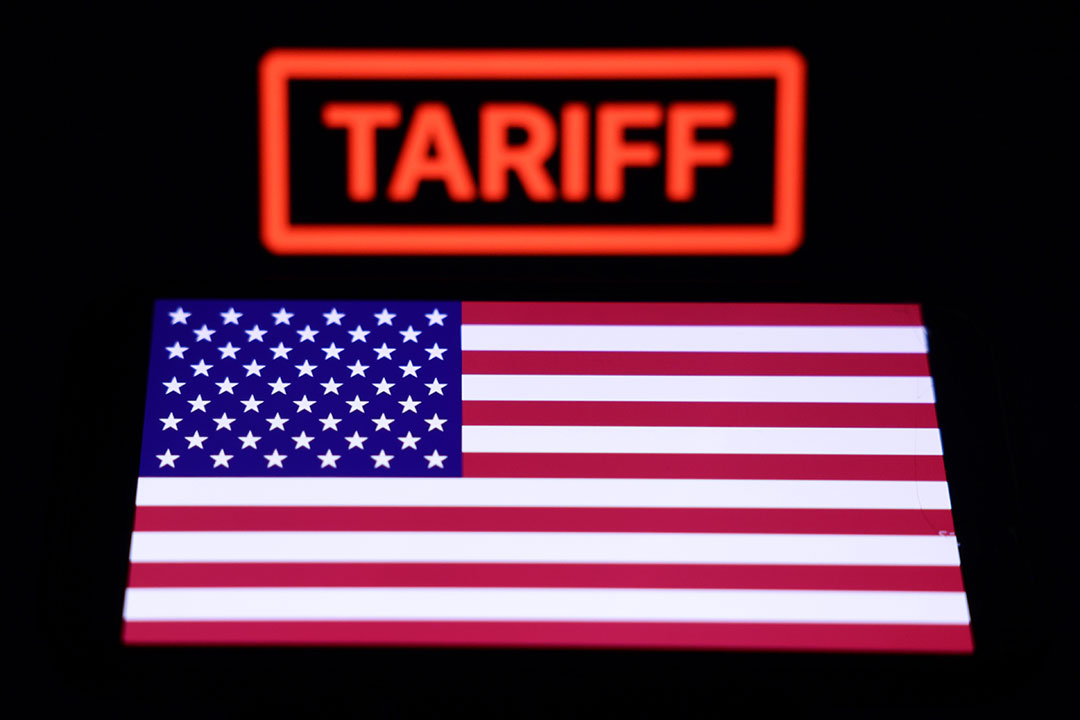
US PRESIDENT Donald J. Trump’s tariff decisions since he took office on Jan. 20 have shocked financial markets and sent a wave of uncertainty through the global economy.
Here is a timeline of the major developments:
Feb. 1 — Mr. Trump imposes 25% tariffs on Mexican and most Canadian imports and 10% on goods from China, demanding they curb the flow of fentanyl and illegal immigrants into the United States.
Feb. 3 — Mr. Trump suspends his threat of tariffs on Mexico and Canada, agreeing to a 30-day pause in return for concessions on border and crime enforcement. The US does not reach such a deal with China.
Feb. 7 — Mr. Trump delays tariffs on de minimis, or low-cost, packages from China until the Commerce Department can confirm that procedures and systems are in place to process them and collect tariff revenue.
Feb. 10 — Mr. Trump raises tariffs on steel and aluminium to a flat 25% “without exceptions or exemptions.”
March 3 — Mr. Trump says 25% tariffs on goods from Mexico and Canada will take effect from March 4 and doubles fentanyl-related tariffs on all Chinese imports to 20%.
March 5 — The president agrees to delay tariffs for one month on some vehicles built in Canada and Mexico after a call with the chief executive officers of General Motors and Ford and the chair of Stellantis.
March 6 — Mr. Trump exempts goods from Canada and Mexico under a North American trade pact for a month from the 25% tariffs.
March 26 — Mr. Trump unveils a 25% tariff on imported cars and light trucks.
April 2 — Mr. Trump announces global tariffs with a baseline of 10% across all imports and significantly higher duties on some of the US’ biggest trading partners.
April 9 — Mr. Trump pauses for 90 days most of his country-specific tariffs that kicked in less than 24 hours earlier following an upheaval in financial markets that erased trillions of dollars from bourses around the world.
The 10% blanket duty on almost all US imports stays in place.
Mr. Trump says he will raise the tariff on Chinese imports to 125% from the 104% level that took effect a day earlier. This pushes the extra duties on Chinese goods to 145%, including the fentanyl-related tariffs imposed earlier.
April 13 — The US administration grants exclusions from steep tariffs on smartphones, computers and some other electronics imported largely from China.
April 22 — The Trump administration launches national security probes under Section 232 of the Trade Act of 1962 into imports of both pharmaceuticals and semiconductors as part of a bid to impose tariffs on both sectors.
May 4 — Mr. Trump imposes a 100% tariff on all movies produced outside the US
May 9 — Mr. Trump and British Prime Minister Keir Starmer announce a limited bilateral trade agreement that leaves in place 10% tariffs on British exports, modestly expands agricultural access for both countries and lowers prohibitive US duties on British car exports.
May 12 — The US and China agree to temporarily slash reciprocal tariffs. Under the 90-day truce, the US will cut the extra tariffs it imposed on Chinese imports to 30% from 145%, while China’s duties on US imports will be slashed to 10% from 125%.
May 13 — The US cuts the low value “de minimis” tariff on China shipments, reducing duties for items valued at up to $800 to 54% from 120%.
May 23 — Mr. Trump says he is recommending a straight 50% tariff on goods from the European Union (EU) starting on June 1.
He also warned Apple it would face 25% tariff if phones it sold in the US were manufactured outside of the country.
May 25 — Mr. Trump backpedals on his threat to slap 50% tariffs on imports from the EU, agreeing to extend the deadline for talks between the US and the block until July 9. — Reuters



